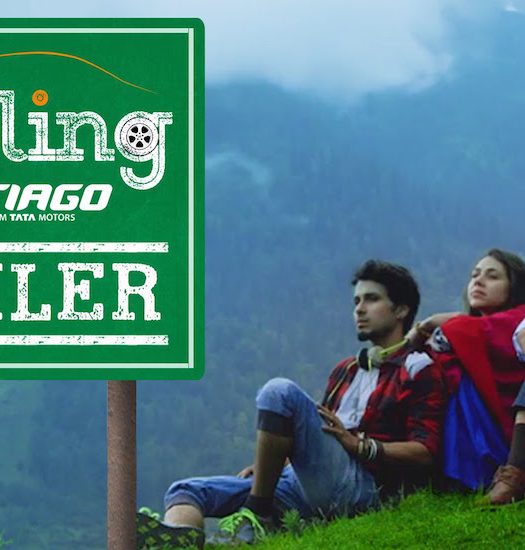Nikhil Advani at the India Film Project 2017
At the India Film Project this year, there were many wonderful speakers and sessions that threw light on the trends of storytelling and creating content for the masses. Among these gems was Nikhil Advani, director and producer of hit films such as Kal Ho Na Ho, Airlift and D-Day. Below, Nikhil opens about his iconic collaboration with Karan Johar, the art of festival filmmaking and his upcoming project.

Nikhil Advani
Melodrama has now diffused to realistic cinema, with films like Newton and Kapoor and Sons. What is your take on this?
I think it is a misconception to think that realism is now coming forth. There is something for everybody and that is the important thing today. I don’t understand this blurring of lines between mainstream and offbeat cinema. It is the same thing, whether I am working with Sudhir Mishra or Karan Johar. I just hope that we are moving towards good cinema. Judwaa 2, doing the kind of business that it is doing, could not be possible if people were not willing to watch and enjoy that kind of cinema. If you want to watch Neerja, or Airlift and I tell the story in a bad way, you would not go to watch it. It’s about how you tell the story, regardless of the names or the amount of money backing it.
Tell us about your shift from love stories like Kal Ho Na Ho and Salaam E Ishq to thriller films like D-Day and Airlift.
It is not a shift. I never really wanted to do KHNH. I did Salaam E Ishq because nobody believed me that I did Kal Ho Na Ho! That was out of arrogance and anger. KHNH is a story that grew out of Karan Johar. 95% of the film is purely Karan Johar. All of the rest of us; Shah Rukh, Preity, Saif, me are just the 5%. He is a master of that genre. When they asked me to write a film, I wrote a film like D-Day, which at that time, Mr. Yash Johar told me that it is too ahead of its times and that I should not make it. I think that was an important advice at that time. I was involved in the editing of Kuch Kuch Hota Hai too. It has not been a personal, or an emotional shift for me. Today, my films are more organic.
Do we consider festival films today as alternative or parallel cinema?
I have seen 163 films over the last five days. Most of them can be categorized as festival films. Of what we choose finally, most of them should have a good story. I don’t think Neeraj Ghyawan made Masaan as a festival film. I don’t think any filmmaker should make a film with the intention of sending it to film festivals. I have always said this: give the same idea, same cast and crew, same resources to two different people and we will get two different stories. A good script is a great guide, it’s a good starting point.
Read Also: ‘Hero is a Producer’s Film, While Katti Batti is a Director’s Film’
A lot of people feel if you have to send a film to a festival, it has to be artsy, or abstract.
I think people should find their own unique approach to storytelling. Some people can tell the story in the simplest forms, others in a more complex way. Do you which is the biggest art film to date? Star Wars. It was literally Ramayan in space, and for George Lucas then it was the most expensive art film. The treatment to the idea was complex, with intergalactic wars and robots, yet the premise was so simple. What is art to me could be a bunch of crap to you.
Your take on adapting literature to cinema
We are adapting more and more today. Chetan Bhagat’s books are made into films. You may not consider it literature, but it is what it is. (The Immortals of) Meluha’s rights are with a producer. Bengalis are constantly transforming literature into cinema. In fact, Prosenjit is making Kaaka Babu into a superhero film. And it’s just going to happen more and more.
Tell us a bit about your upcoming film.
We are making Batla House next. It is the story of one of the most sensational encounters in the country, set in New Delhi.



